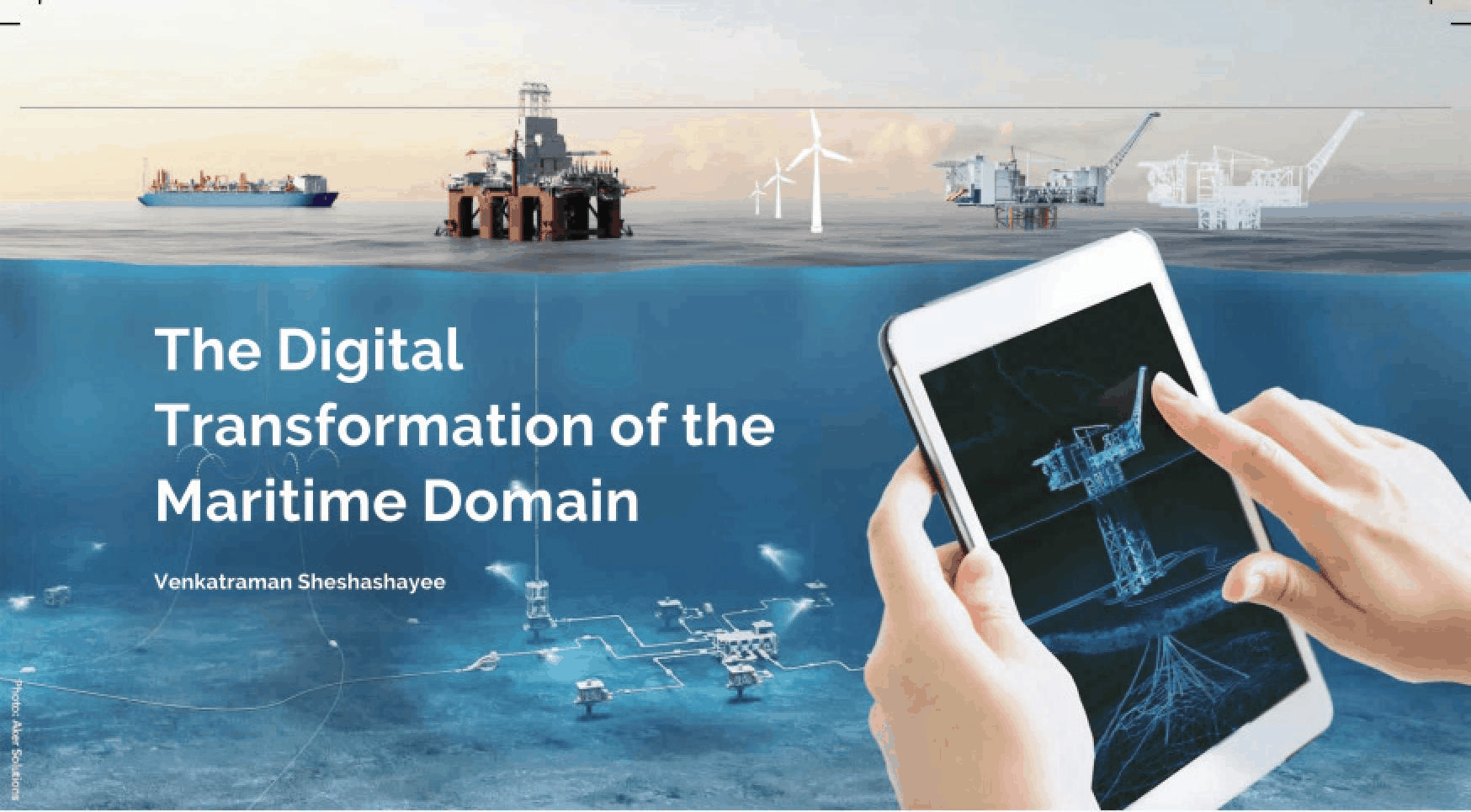(This article originally appeared in June 2018 edition of Marine Engineers Review, Vol 12, Issue 7, Journal of The Institute of Marine Engineers (India), and is being reproduced here for readers of TheNavalArch’s blog)
The maritime domain is gradually coming to terms with the dawn of the Fourth Industrial Revolution. An industry that has largely resisted or ignored technology is being forced to reconsider its stand. The adoption of technology in the maritime space is driven primarily by two factors – the need to become more cost efficient and the looming shortage of traditional skills. Both these factors have the potential to have serious and lasting impact on this sector, and technology is being seen as a panacea.
What do we mean by ‘technology’, which is such a broad term that encompasses anything from steam engines to brain computer interfacing? Which aspects of technology are threatening (or promising) to reboot the maritime world?
Artificial Intelligence
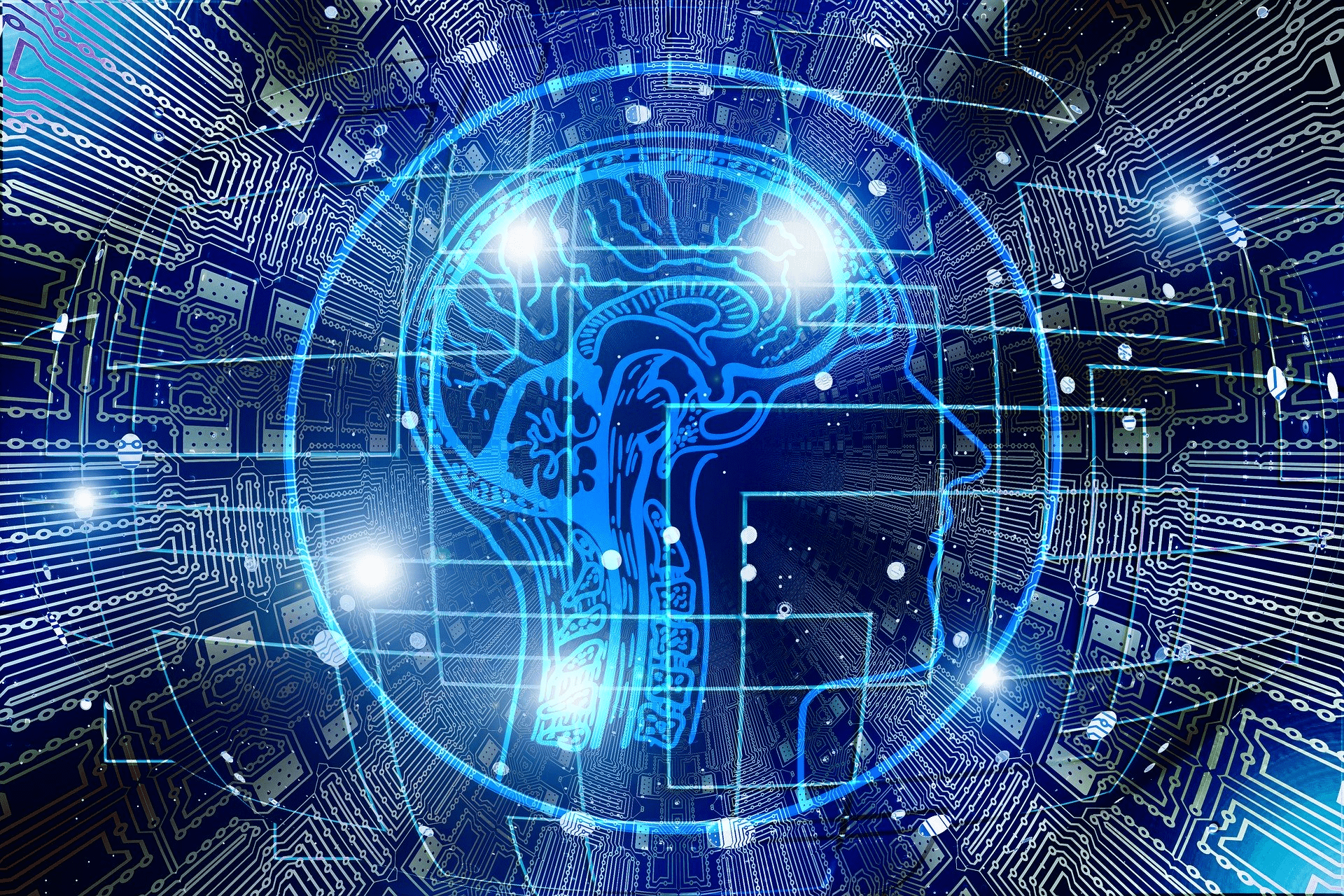
First, there is Artificial Intelligence. Al subsumes a broad set of technologies incorporating machine learning, neural networks, cognitive networks, natural language processing, advanced robotics, etc. Each of these is a vast subject on its own. Together, they have the potential to change the world in alarming and amazing ways. Al, properly deployed on vessels, can lead to smart equipment capable of diagnosing themselves, ships that can choose the most economic route to their destinations without (and even in spite of) human intervention, vessel convoys forming and separating when required, cargoes being allocated to vessels to maximize capacity utilization and minimize ton-miles. The list is practically endless. We can be sure of one thing – Al will impact every single aspect of the maritime value chain sooner than most of us expect.
Transiting to Al is unlikely to be smooth and seamless. There are and will be myriad challenges. Who will lead? Who will drive? What standards will be followed? What role will IMO play? What role will flag states play? How will Al impact seafarers? How will it affect on-shore managers? To what far reaches of the value chain will AI extend? How secure is it? Who will guard it? What can happen if there is a breach? Who is responsible, the ship’s crew or the vessel owners or the software developers?
Sensor Technology/IoT in Maritime Industry
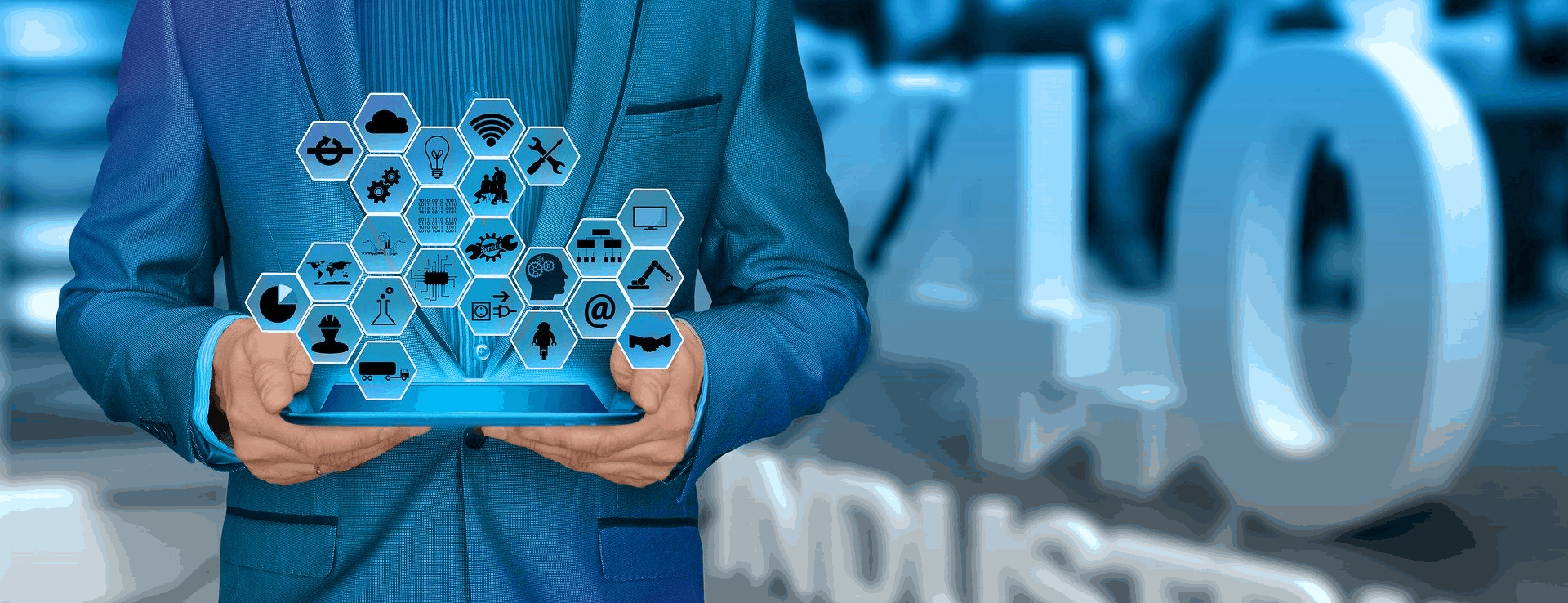
Second, there is situational awareness through sensor technology. While this can be seen as a part of AI, it is also distinct in many ways. Sensors enable physical systems to perceive the world around them and help them respond and react in the most beneficial mariner possible. Sensor technology is what allows driver less or autonomous cars to wend their way safely on busy roads. It allows the monitoring of the aged and the young, the tracking of wellness, the surveillance of criminal acts, the disruption in weather patterns.
Sensor technology is not new. All of us have encountered it, sometimes on a daily basis. If you have washed your hands in an airplane toilet, you have met and used sensor technology. The proliferation and the interaction and the data generation are what make this truly transformational.
Here again, there are challenges that the quality and accuracy of data, the seamless connectivity between sensors and their servers, the integrity and resilience of sensors in diverse environments, the security of the data – all of these are issues that need to be considered, dealt with and resolved.
Data Connectivity in the maritime world
Third, for Al and sensors to fulfil their potential, we need connectivity. Currently, maritime connectivity is pathetic, even if one is being kind. The current technology in use (FBB, Satcom) were state-of-the-art in the nineties. Higher data rates, lower latency, satellite wi-fi these are just a few changes that are on the horizon.
As connectivity improves, onboard systems and sensors will start integrating into the Internet of Things, and by doing so, gradually become more intelligent, predictive, responsive and capable.
Maritime Cybersecurity
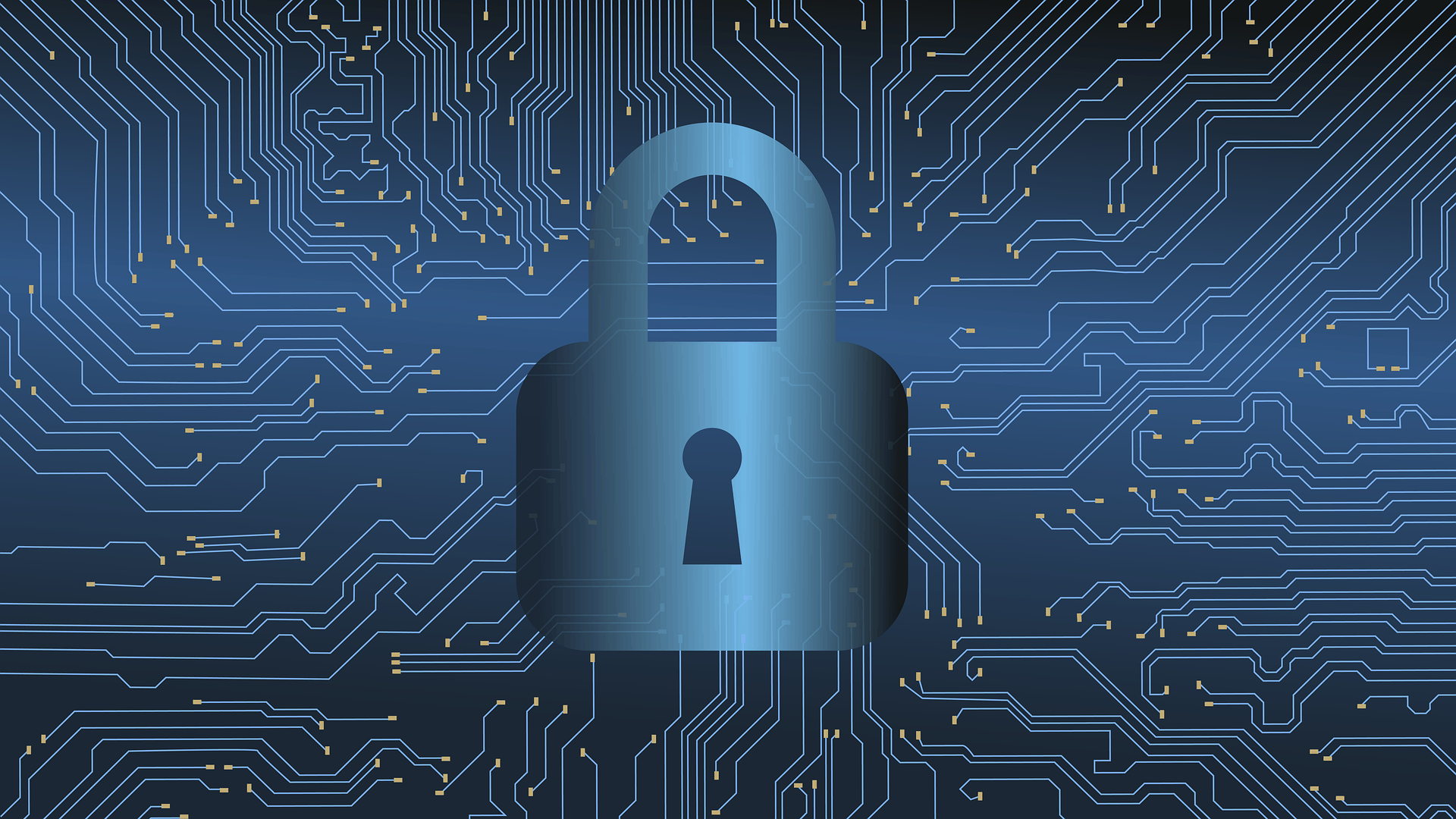
Four, to ensure that all the above technologies are secured and safe. Cybersecurity will need to go into overdrive.
Any disruption to connectivity or malicious interference can have devastating outcomes. As the spread of sensors and Al increases, security becomes increasingly critical as an attack can disable, take control or even destroy remotely without warning.
Technologies that are currently being deployed ashore such as adaptive security architectures and Al enabled reactive security will need to be embraced and quickly. Insurance will need to adapt. Standards will need to be set. Security infrastructure and behavior will need to be monitored and audited.
Regulatory Regime, and the need to collaborate for emerging technologies
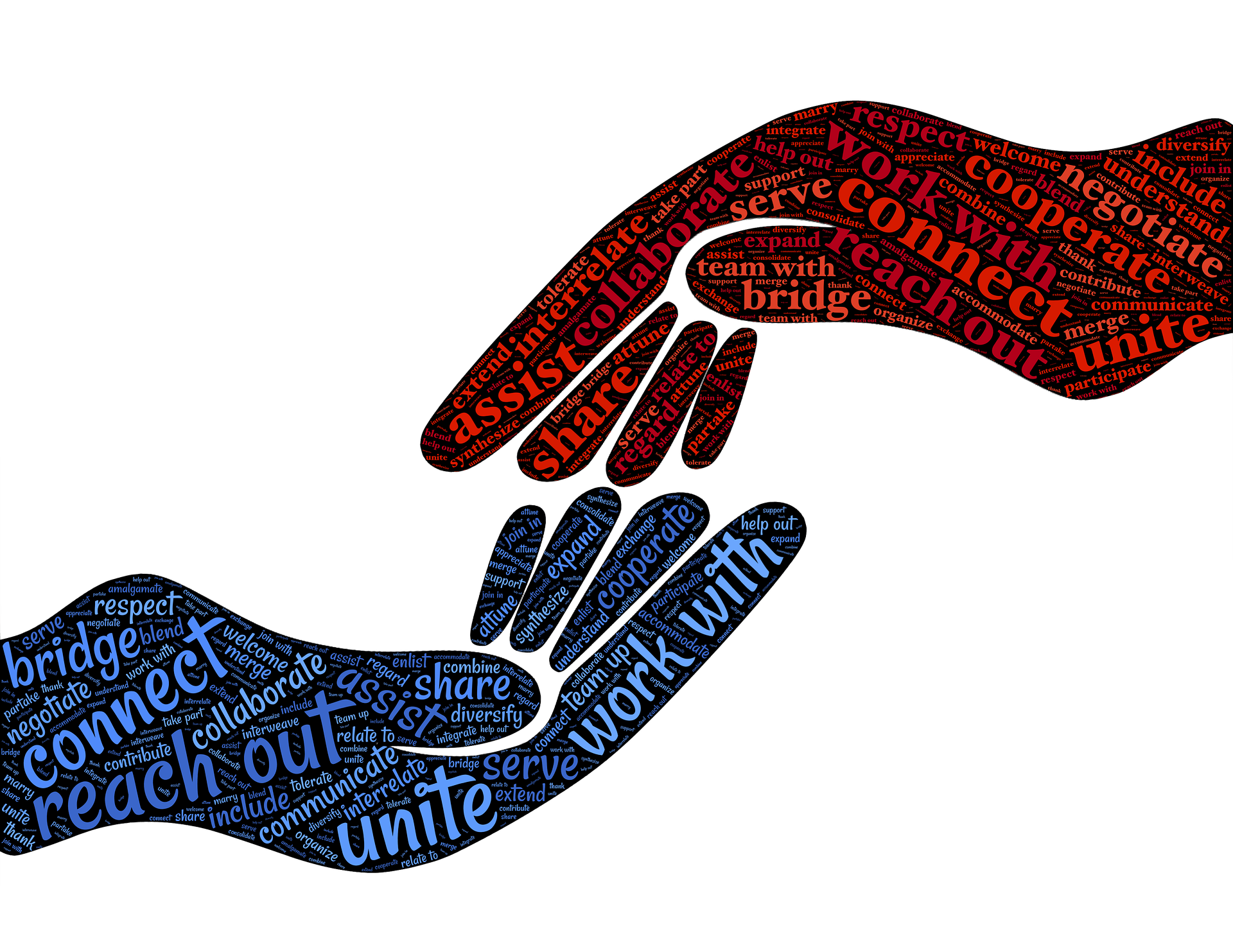
Overlaying all these is the regulation of emergent technology. Traditionally, regulation lags technology. While this may not be life threatening in cases of privacy in social media and speculation in crypto-currency, it is absolutely critical in a global, disconnected, remotely managed sector like maritime. Class Societies, Flag States, IMO, Insurance Companies, Port State Controls, OEMs, Shipbuilders, et al have to collaborate and coordinate to establish clear norms to manage the advent of and spread of transformative technologies. While doing so, they have to be careful not to smother it with restrictions and risk averseness. Maritime regulation needs to learn to manage risk not avoid it. Appropriate regulation can help safeguard against non-conforming quality and deviation from standards.
It can help allocate ownership and responsibility. It can help define liability and its root. Some classification societies have already started work in this area, but a much more concerted and orchestrated effort is required.
The virtual revolution will change shipping in ways that we, even today, do not anticipate. The benefits are tremendous – enhanced safety, lower operating costs, prediction and pro-action, increased efficiency, real time oversight. The path to this nirvana is unlikely to be paved. The disruption that the maritime world is quaking in anticipation about is not so much the technology itself: rather, the uncertain steps and painful stumbles that we will encounter getting to where we should be.
Disclaimer:
The views, information, or opinions expressed in this article are solely those of the author and do not necessarily represent those of TheNavalArch Pte Ltd and its employees
This article originally appeared in June 2018 edition of Marine Engineers Review, Vol 12, Issue 7, Journal of The Institute of Marine Engineers (India), and is being reproduced here for readers of TheNavalArch’s blog.
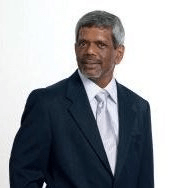
Venkatraman Sheshashayee
Former CEO | Mentor to Boards, Promoters and Professionals
Venkatraman Sheshashayee (Shesh) is Managing Director of Radical Advice, a business transformation advisory based in Singapore. He has over 34 years of experience in manufacturing, shipping and offshore oil & gas.
Shesh’s previous roles include CEO & ED of Miclyn Express Offshore, CEO & ED of Jaya Holdings Limited and Managing Director of Greatship Global.
In his new avatar, Shesh helps mentors Boards, Promoters and Professionals and helps them achieve their potential.
Shesh is the author of the ‘CEO Chronicles’ series on navigating careers and the ‘What Women Want’ series on gender awareness, published on LinkedIn and Medium.
He can be reached at vshesh@radicaladvice.net
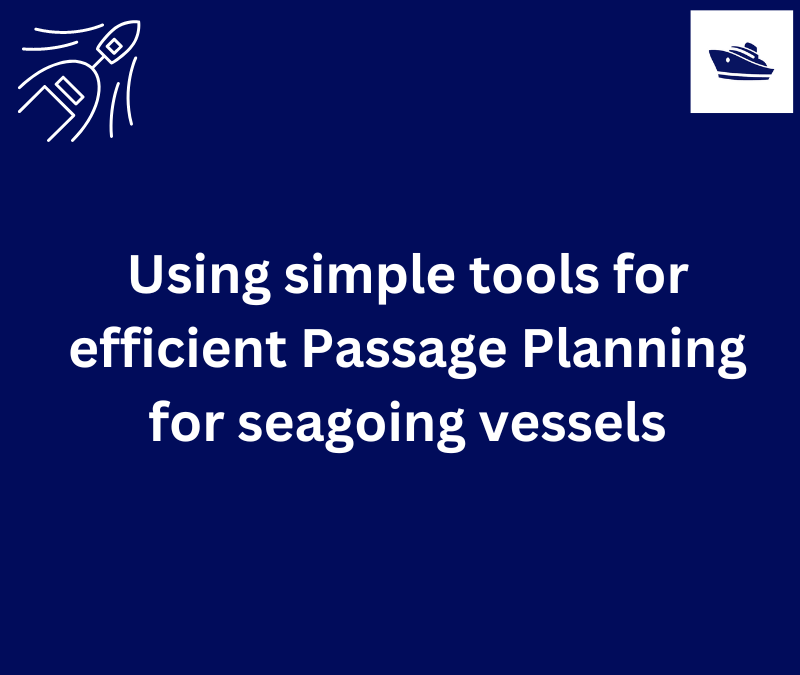
Using simple tools for efficient Passage Planning for seagoing vessels
Introduction Planning a vessel’s voyage is a critical detailed exercise, and the main goal is to ensure safe and efficient passage between two ports. The Master has the responsibility for the vessel voyage planning, but very often he delegates the actual voyage...
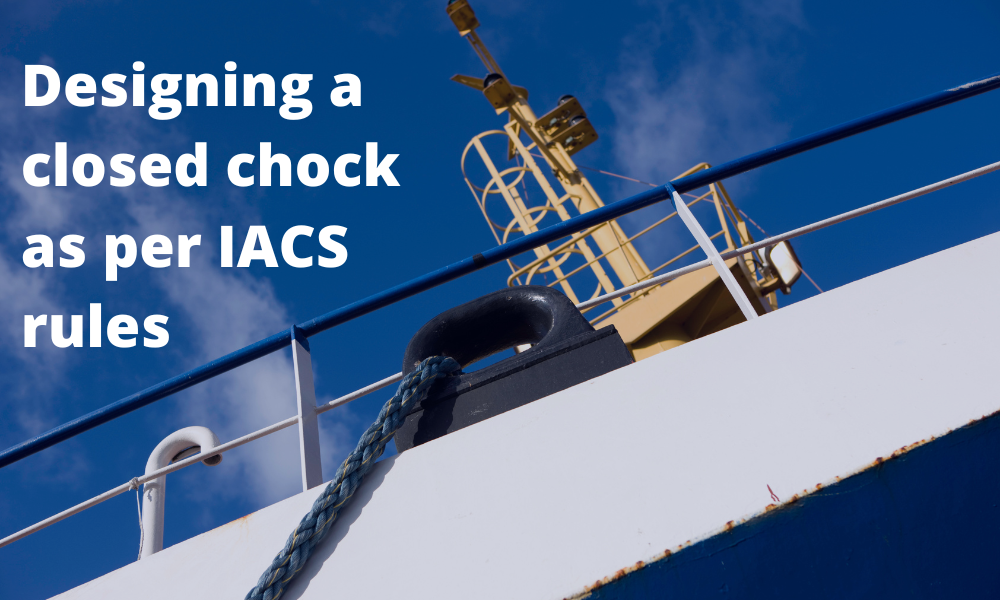
Designing a closed chock as per IACS rules
Introduction Chocks are used universally for mooring and towing operations on ships. For towing operations, Chocks are used for guiding the towing rope from the winch through the outer shell of the vessel to the tug. For mooring operations, the chock is used to...
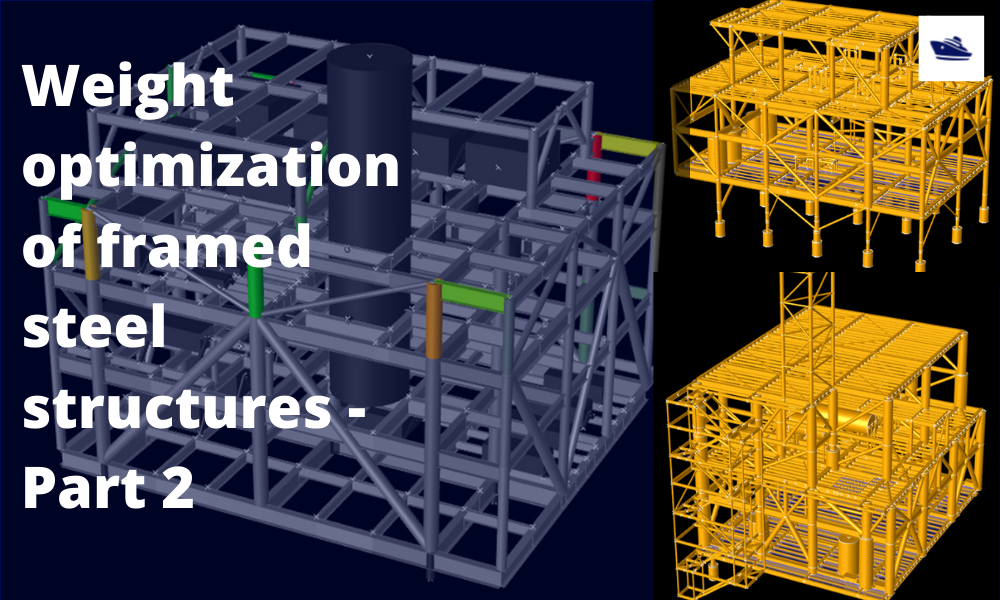
The Optim22 method of hull optimization – Part 2
This is a follow-up article to the previous article on Framed Structures Optimization. 1.1 Abstract A previous article introduced the Optim22 method. This one adds additional background information plus 3 more case studies to...
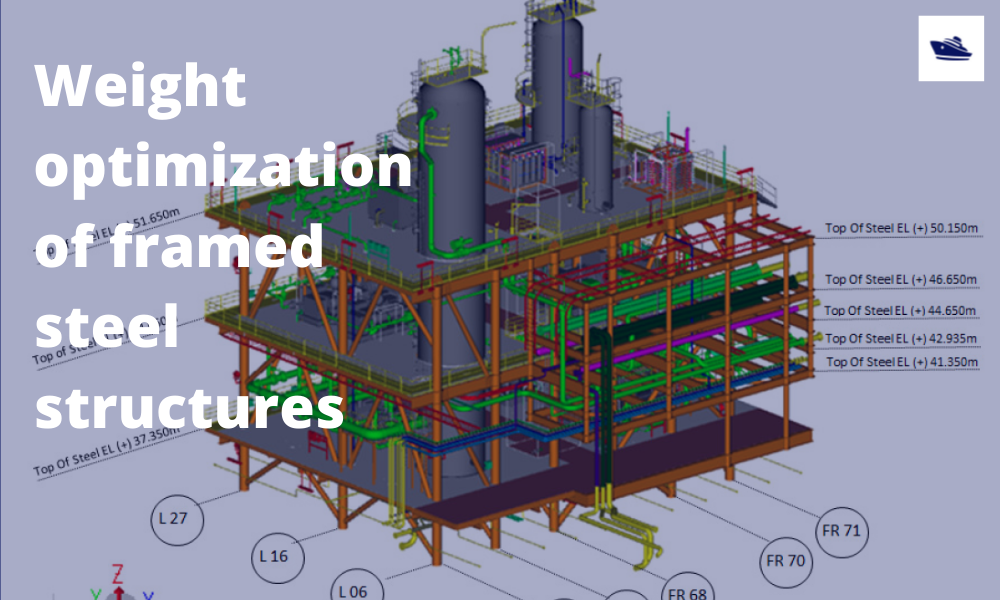
The Optim22 Method of Weight Optimization of Framed Steel Structures
1 Abstract A semi-automated structural weight optimization system is presented for framed structures of post and beam construction which is based on basic structural member design principles. The approach is to adjust member properties in a manner that...
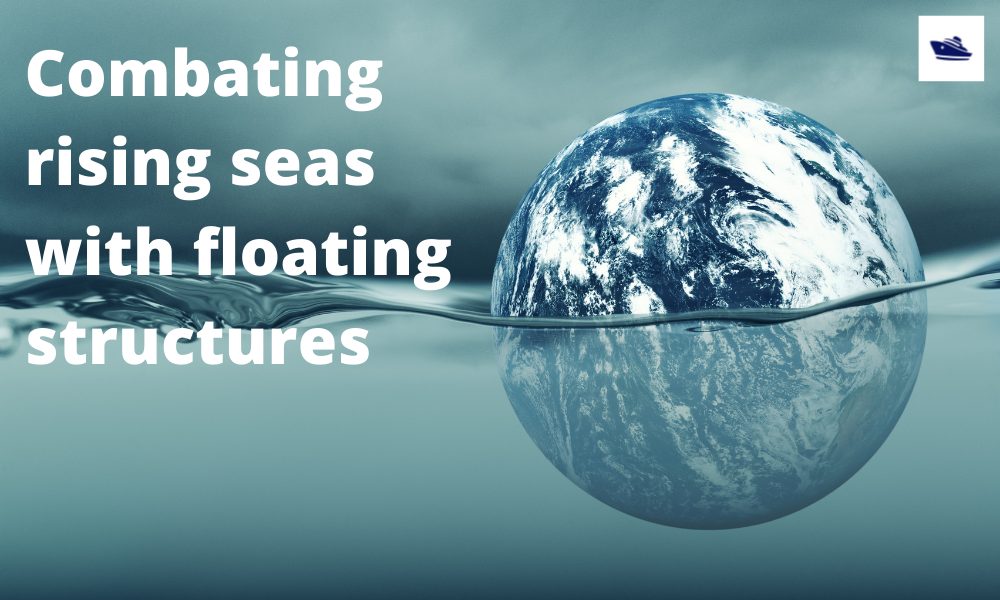
Combating rising seas with floating structures
Introduction Rising sea level is an existential threat for many coastal cities. The sea is rising subtly but relentlessly at an exponential rate. Many predictions of how high and how fast it will rise in the next 50 years have proved to be understated. According to...
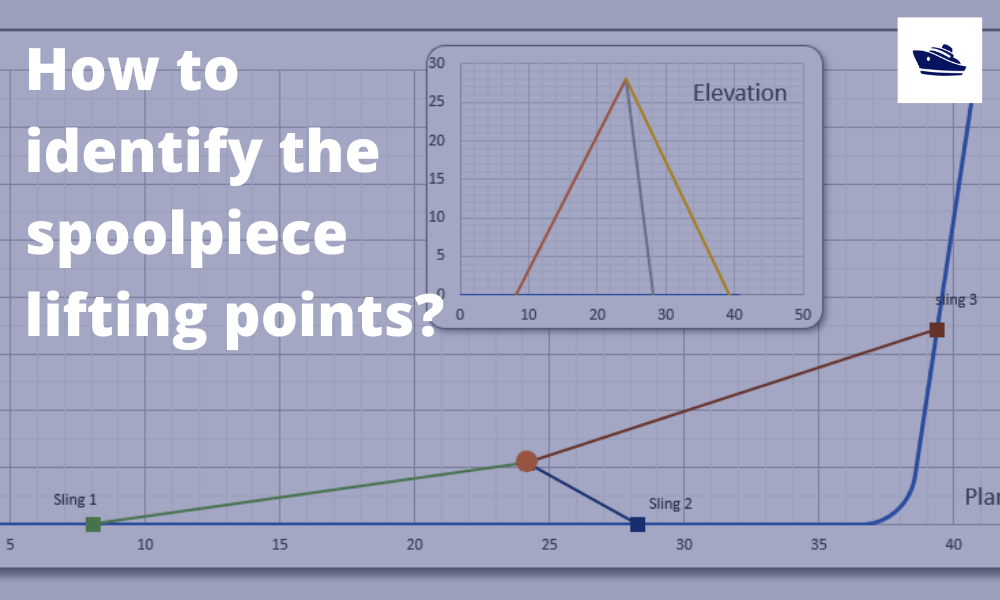
How to identify the spoolpiece lifting points?
In the offshore construction industry, the connection between the newly installed pipeline and the riser is accomplished via a series of ‘spoolpieces’ (or spools). The spool is fabricated by welding pipe joints to form an L-shaped, Z-shaped, or possibly a straight...
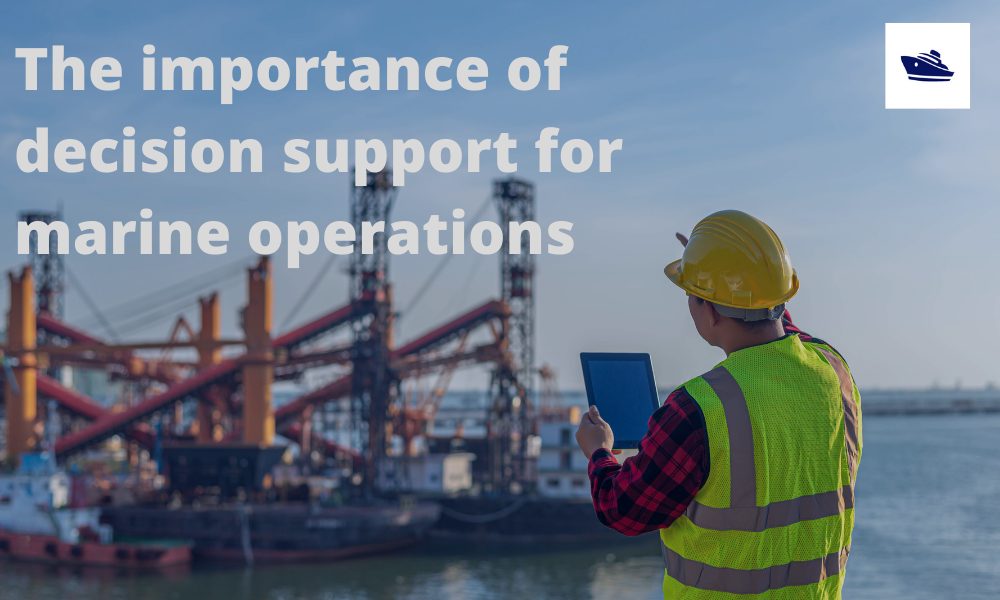
The importance of clear decision support before marine operations
Our oceans are interspersed with human activities: be it fishing, marine transportation, or offshore operations. These operations usually involve assets worth multiple million dollars, be it the produce or the equipment or in most cases, the human life. Produce from...
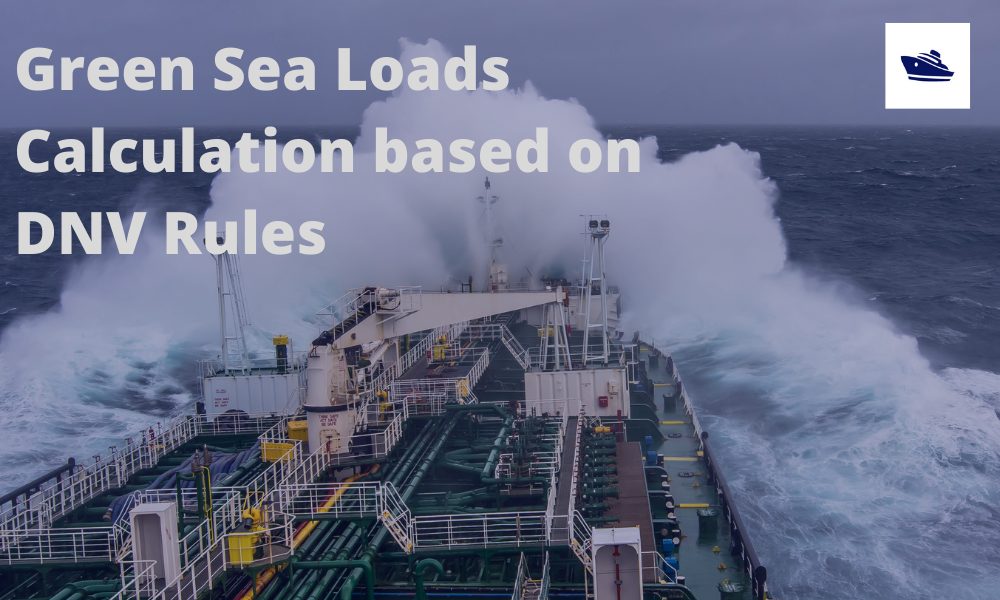
Sea Pressure Loads Calculation based on DNV Rules
Introduction Sea pressure loads are an important factor in the structural design of a vessel. What is sea pressure load? As the term suggests, it is the external pressure on the vessel due to the surrounding sea. What kind of pressure it is, and how to...
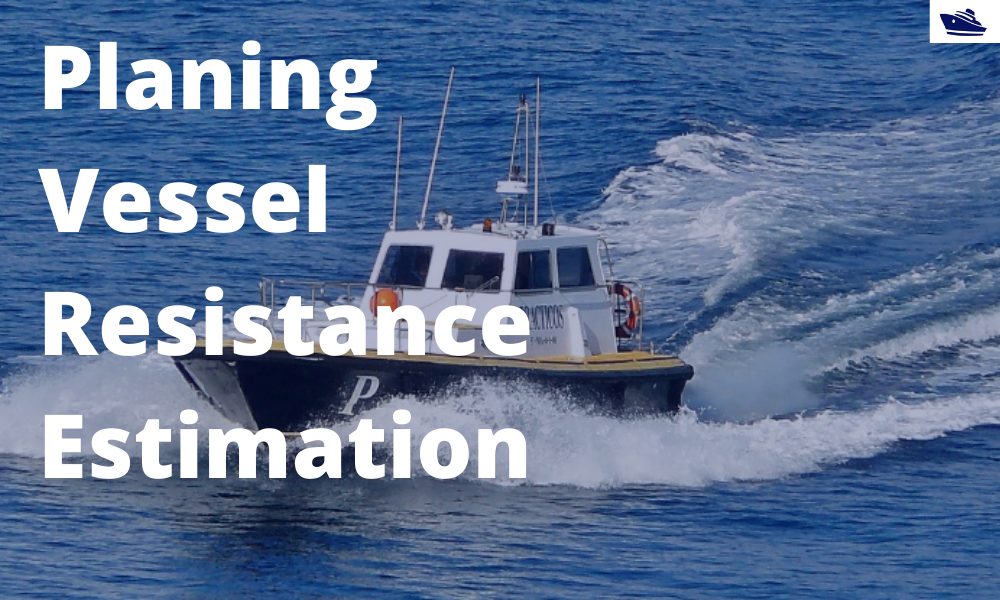
A quick empirical method for resistance estimation of planing vessels
Resistance estimation for a vessel is a fundamental exercise in design of the vessel. Resistance is a property that depends on the vessel’s shape and form. A conventional ship-shaped vessel with a bulb will have completely different resistance characteristics compared...
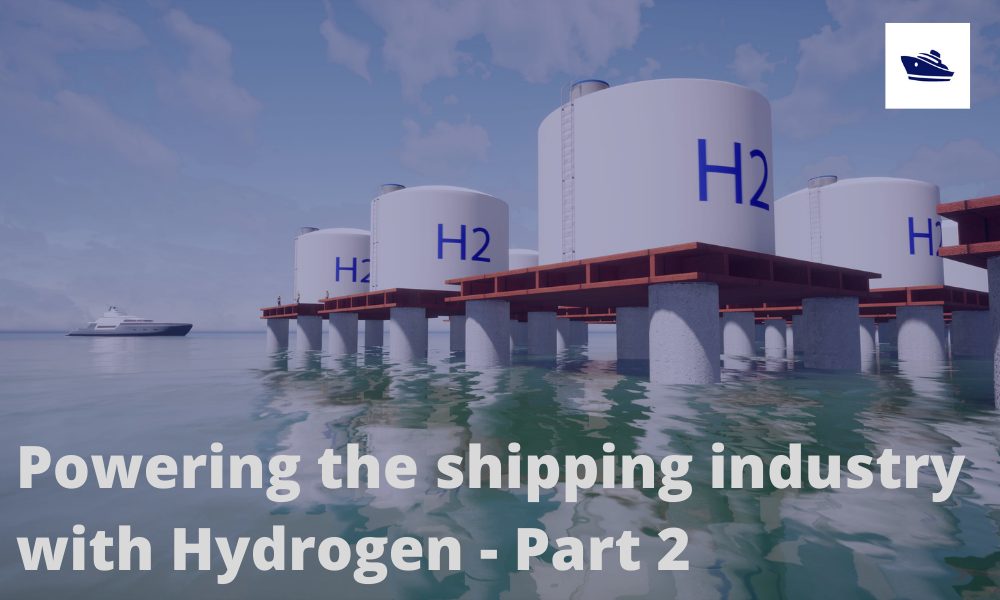
Powering the maritime industry with Hydrogen – Part 2
Powering the shipping industry with hydrogen - Part 2: Hydrogen propulsion on a ship - opportunities and challenges Introduction In the Part 1 of this article, we explored the basic properties of Hydrogen as a fuel, and also the opportunities and challenges...

